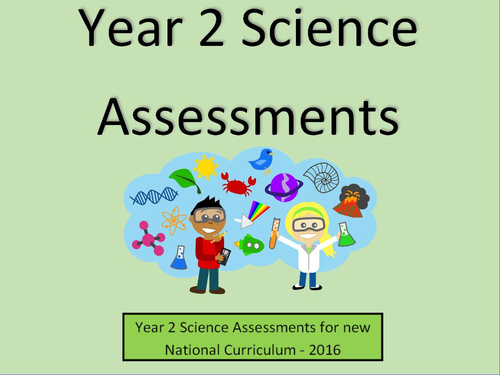













Objectives covered:
Explore and compare the differences between things that are living, dead, and things that have never been alive
Identify that most living things live in habitats to which they are suited and describe how different habitats provide for the basic needs of different kinds of animals and plants, and how they depend on each other
Identify and name a variety of plants and animals in their habitats, including microhabitats
Describe how animals obtain their food from plants and other animals, using the idea of a simple food chain, and identify and name different sources of food
Observe and describe how seeds and bulbs grow into mature plants
Find out and describe how plants need water, light and a suitable temperature to grow and stay healthy
notice that animals, including humans, have offspring which grow into adults
Find out about and describe the basic needs of animals, including humans, for survival (water, food and air)
Describe the importance for humans of exercise, eating the right amounts of different types of food, and hygiene
Identify and compare the suitability of a variety of everyday materials, including wood, metal, plastic, glass, brick, rock, paper and cardboard for particular uses
Find out how the shapes of solid objects made from some materials can be changed by squashing, bending, twisting and stretching
ALSO ADDED: Individual assessments for ALL science objectives for ALL year groups are available for purchase as are individual year group, KS1, KS2 or complete Primary packs. Visit my shop – by clicking on my username – to find these great resources + lots more! And if you like these Science Assessments, you will also like my maths assessments – check them out in my shop!
Get this resource as part of a bundle and save up to 40%
A bundle is a package of resources grouped together to teach a particular topic, or a series of lessons, in one place.
Primary Science Assessments + Posters/Revision Sheets
This is a bundle of all my primary science assessments PLUS the accompanying posters/revision sheets. Please click on individual resources for full description and previews!
KS1 Science Assessments + Posters/Revision Sheets
This is a bundle of all my science assessments for KS1 PLUS the accompanying posters/revision sheets. Please click on individual resources for full description and previews!
Year 2 Maths and Science Assessments and Tracking
In this bundle you will find my Year 2 Maths Assessments and my Year 2 Science Assessments at a discounted price. Click on links below to preview both of these resources. The packs include individual tests to assess all Year 2 maths and science objectives; detailed mark schemes and spreadsheets to record and analyse the data. Please, leave feedback for this ‘must have’ resource! Also included: my Primary Foundation Subject Tracking resource for free!
Something went wrong, please try again later.
You are life saver!! Great resource!! :)
Report this resourceto let us know if it violates our terms and conditions.
Our customer service team will review your report and will be in touch.
